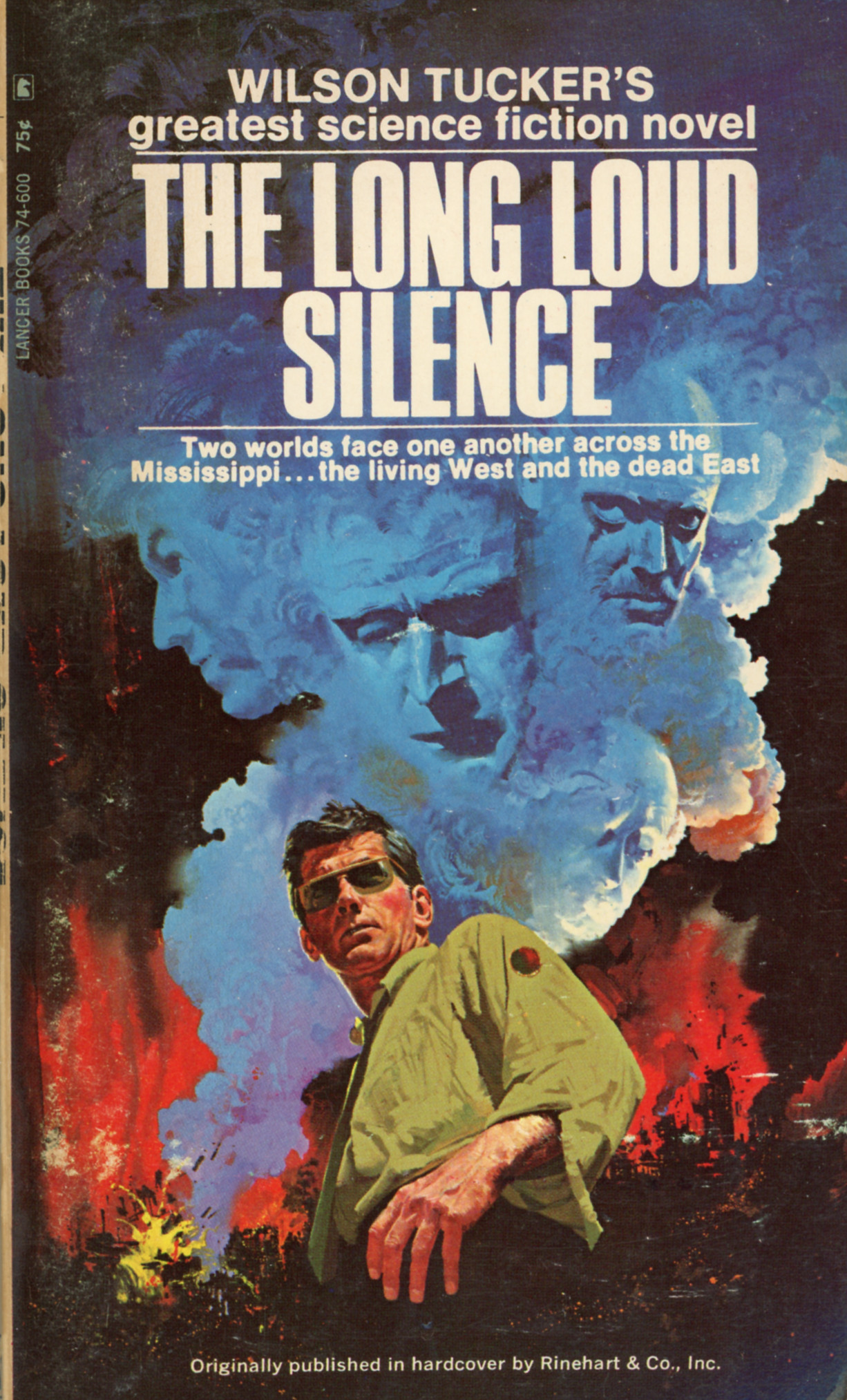[New to the Journey? Read this for a brief introduction!]

by Gideon Marcus
The Long Loud Silence, by Wilson Tucker

It's been a while since we've heard from Wilson Tucker, fan-turned-pro-but-still-very-much-a-fan. Hence, I was delighted to see that he had a new book out last month. Except, of course, it's not new at all, as I soon found out.

![[January 18, 1970] Below par (<i>The Long Loud Silence</i>, <i>Sex and the High Command</i>, <i>Beachhead Planet</i>, and <i>Taurus Four</i>)](https://galacticjourney.org/wp-content/uploads/2025/01/700118covers-672x372.jpg)
![[December 16, 1969] Holiday haul (<i>Black Corridor</i> and the December Galactoscope)](https://galacticjourney.org/wp-content/uploads/2024/12/691216covers-672x372.jpg)